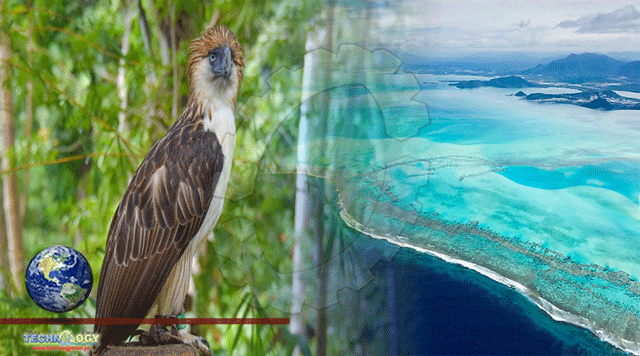The latest Intergovernmental Panel on Climate Change report on global warming reaffirms that accelerated efforts to fight the climate emergency are vital.

We must leverage this momentum to address the intertwined crises of climate change, biodiversity loss and land degradation. This threat is especially acute in the Asia-Pacific Biodiversity, which lies at the heart of the global biodiversity crisis and is home to two-thirds of the world’s population.
The Asia-Pacific is rich in biodiversity found nowhere else on the planet. According to recent projections, as much as 42 percent of all species in Southeast Asia could be lost by the turn of the century, and at least half of those would be globally extinct.
The accelerating rate of nature loss will have an unimaginable impact. Nature loss in the region will in turn profoundly damage economic activities that rely on natural capital, with as much as 63 percent of the Asia-Pacific’s GDP, or $19 trillion, at risk-a higher share than the global average.
In China, 65 percent of GDP, or $9 trillion, is at risk of disruption. Pollinator loss could threaten more than 15 percent of China’s annual agricultural output, and high levels of textile waste could pollute ecosystems.
Halting the decline in nature requires a collective will by all stakeholders, as well as capital at scale and innovation. Investing in nature and biodiversity has the potential to bring about economic as well as ecological benefits that would greatly outweigh the near-term costs of transition.
According to “New Nature Economy: Asia’s Next Wave”, a new report by Singapore-based investment company Temasek in collaboration with the World Economic Forum and economics consultancy AlphaBeta, investing in just 59 nature-positive business opportunities in the region could generate $4.3 trillion and 232 million jobs annually by 2030, equivalent to 14 percent of the Asia-Pacific’s GDP in 2019. In China, investing in nature could result in $1.9 trillion annually by 2030 and 87 million new jobs.
With increasing urbanization, three of the region’s key socioeconomic systems are projected to endanger 85 percent of all threatened and near-threatened species.
The food, land and ocean use system contributes 40 percent to regional GDP and 60 percent to employment, significantly more than the global average, and business-as-usual practices to meet growing global demand will come at a huge cost to nature. For example, agricultural yield in the region has slowed due to land degradation and poor farming practices, and Southeast Asia’s wild fisheries are at risk of overfishing.
There has also been rapid and often unplanned expansion of infrastructure and the built environment. The Asia-Pacific region is home to 99 of the top 100 cities facing the largest environmental risks, and with cities in the region expected to grow in population by more than 550 million in the next decade, the built environment’s contribution to biodiversity and nature loss will only continue to grow if left unchecked.
In addition, energy demand and material use continue to surge to meet the needs of a growing and increasingly urbanized population. Even clean alternatives such as renewable energy use significant land area and need to be well planned and executed. Minimizing the impact on forest and agricultural land will require subsidies and incentive programs to promote low-impact energy deployment, as well as mitigation obligations for projects with higher land impact.
Just as countries and companies have been declaring ambitious net zero carbon targets, they must also invest in nature and biodiversity. It is time for us to aim for net zero biodiversity loss. Creating a nature-positive economy in the Asia-Pacific will require $1.1 trillion in capital investment annually, with 45 percent of that capital needed to expand renewable electricity and improve buildings’ energy efficiency and sustainable transportation infrastructure.
Key barriers to this investment include regulatory challenges, market barriers, information gaps and the lack of a supportive enabling environment for investment.
The good news is that business and community leaders are already working together to galvanize investment in nature-based solutions and biodiversity business opportunities in the Asia-Pacific, underpinned by scientific research.
China has an opportunity to lead in these efforts. The country is already a leader in creating new financial products that mobilize capital toward nature-positive business models. For instance, seven of the 10 best-performing exchange-traded funds in the first half of 2021 were green energy-themed. Moving forward, leaders in the country must look for opportunities to improve energy efficiency in buildings, pursue nature-positive renewable energy, advance circular models in the automotive industry, commit to resource recovery and create organic food and beverages.
In the past few decades, more than a billion people have been lifted out of extreme poverty in the Asia-Pacific, but that development has come at the expense of our natural capital. We need to continue to create shared prosperity, but on our crowded planet it is critical for us to ensure the next wave of growth is nature-positive at its core.
Originally published by China Daily